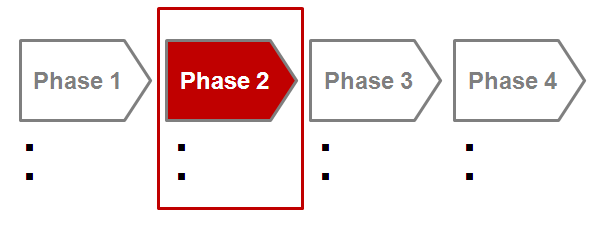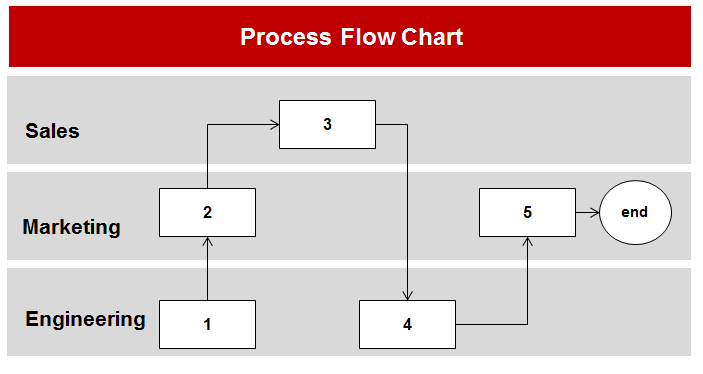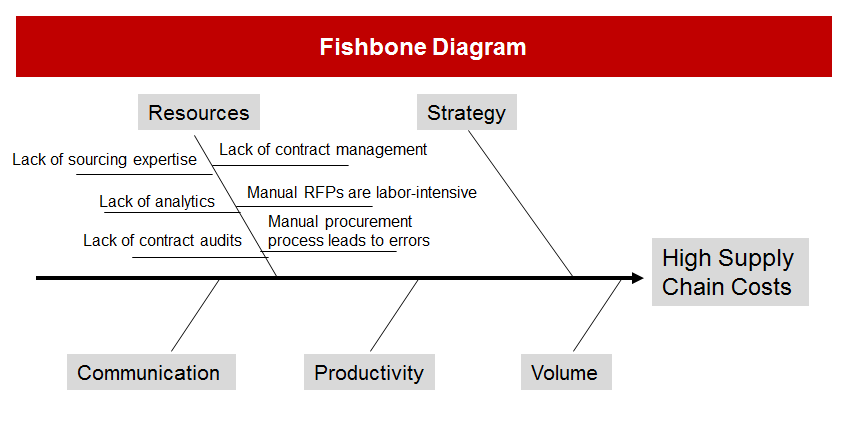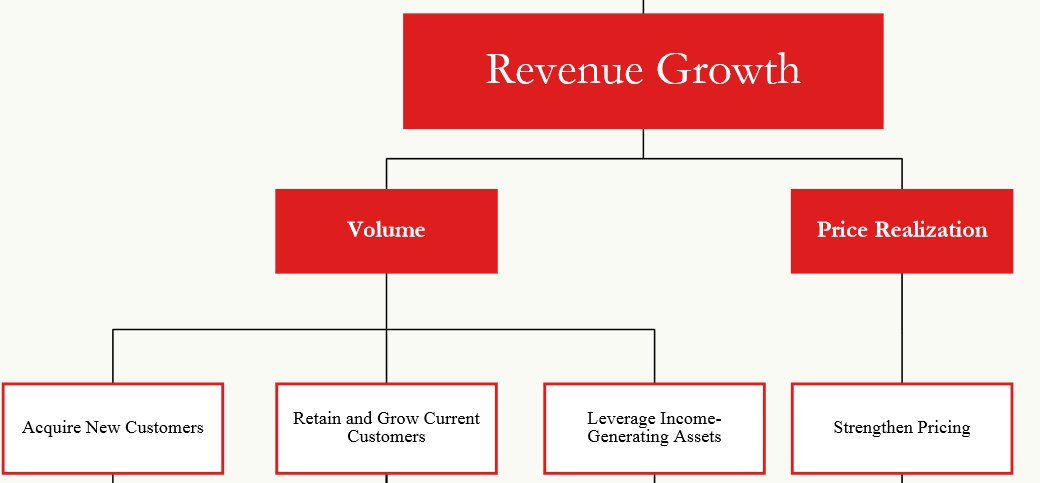Consultants use buckets
I know it sounds pedestrian and unsophisticated, but it’s harder than it looks. When you are trying to crack a complex problem, inevitably you will start to group things. Buckets, I tell you. Consultants use buckets.

When you have a complex problem, you need to organize things. This is no different from when you start tidying up the kitchen drawer you have full of junk. Without sorting the pens, candy, receipts, stamps, and take-out menus, it will remain a forever mess.
If you buy into the premise that management consultants are hired to sort out complex problems, then some grouping or “bucketing” will be required. Trust me, buckets. A few examples:
1) Bucketing by Time
Here I was explaining to the client what activities were coming in the different phases of a project. During a long project, showing this graphic repeatedly helps to level-set the client. Keeps them grounded and in the present – less focused on the past, or the future.
This forces some trade-offs because you cannot do everything at once. Some activities come 1st, 2nd etc. . Some activities should be grouped together (e.g., phase 2 activities).
Think of a recipe. Measure out and prepare the ingredients, pre-heat the oven, THEN start cooking.

2) Bucketing by Function
When you do enterprise-size work, inevitably your work will cut across different parts of the organization. Pretty typical for a process flow chart to show “swim lanes” which buckets activities by group. In the example, engineering does steps 1 & 4, while marketing does steps 2 & 5 etc.
This also gives you an idea of who is responsible for what. It drive accountability and RACI diagrams.

3) Bucketing by Root Cause:
This is the “bread and butter” work of a consultant. After weeks of interviews, data analysis, and observations, you might have 25-30 different causes and symptoms of a problem. To really move the analysis and thinking forward, you have to group the stuff into logical buckets. In the fish-bone diagram below, you can see that all the resource-related items are grouped for easier understanding.

4) Bucketing by Financial drivers
Deloitte has something called the Deloitte Enterprise Value Map. You have to see it to believe it. Type in “Deloitte enterprise value map pdf” and see what comes up. This is a taxonomy that categorizes the different activities that create shareholder value. I have seen one of these, and it usually takes up 1/2 of a wall of a typical office. In the small portion I show below, Revenue has two parts. Volume has 3 parts. Acquire new customers has 43 parts. Lots of buckets.

5) Bucketing by Priority
Often, there are TOO MANY opportunities to go after them all. So, consultants help clients prioritize their efforts. Some of the factors to consider might be: budget $, manpower, skills, timing, confidence level etc. . . That is why consultants often talk about “quick wins” or “no-regret moves” which can be done immediately.
What makes good prioritization slides? See here.
REaders: What other “buckets” do you use in consulting?

Bucket One: The constraint; whatever is most limiting achieving more of the system’s goal.
Bucket Two: Everything else.
Michael, winning. When I read the word “constraint” I thought TOC, and saw it loud and clear on your website. Winning.
Thank you. TOC is a flexible toolset I supplement with others depending on the client’s goal and my understanding of where they are. Sometimes value stream mapping or Appreciative Inquiry are just the ticket to get a group thinking together.
By the way, you pack more practical consulting insight into your blog than a shelf-load of management books!
thanks for the compliment, winning.